|
|
|
This is a fascinating film made in 1993 by Henrik Boëtius on Goethe’s very influential book A Theory of Colours, which was originally published in 1810. Although its main influence was on artists, it has also been written about by a number of scientists.
In the book Goethe opposed the Newtonian Theory of Colours, and managed to show that there are, in fact, more colours in the spectrum than Newton had recognised, which he illustrated in his famous colour wheel.
Goethe’s theory is that colour arises through the interplay between light and darkness, which can in fact be easily shown, by flooding with light or withdrawing it altogether: the result is the same, nothing can be seen.
In pursuing his expermiments on this theme Goethe came up with some surprising results: colour can be shown to emerge where darkness and light meet, as at the sunrise or sunset, and also that the more intense the light and darkness are the more intense the colours are.
Another surprising thing we find out in this film is that light is invisible: it only becomes visible when it strikes an object. In a vacuum (like outer space) it is not seen. When it hits an object, like a planet, or interplanetary dust, it becomes visible.
Many other surprising and intriguing things are presented in the film, which will make you stop and look again at a phenomena that we so much take for granted.
if the video does not appear on the page, try reloading the page; and if that doesn’t work, leave a comment so I can update the page (the comment is not published)
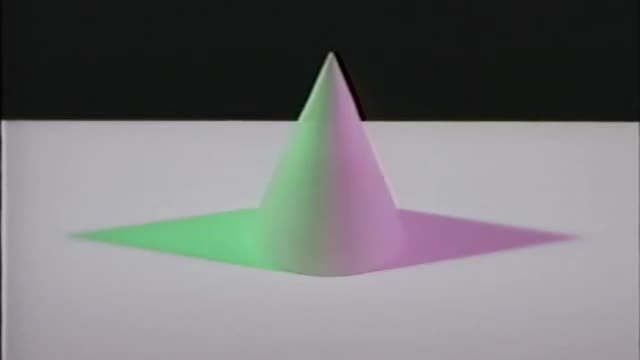
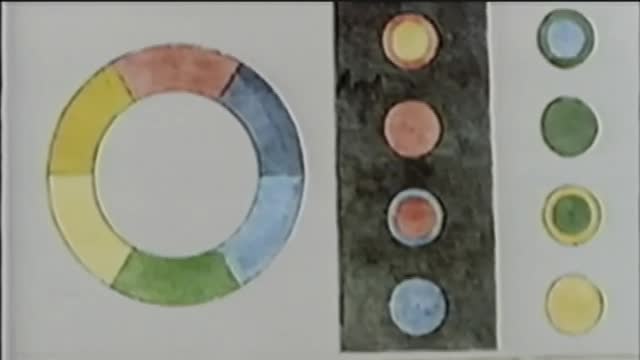
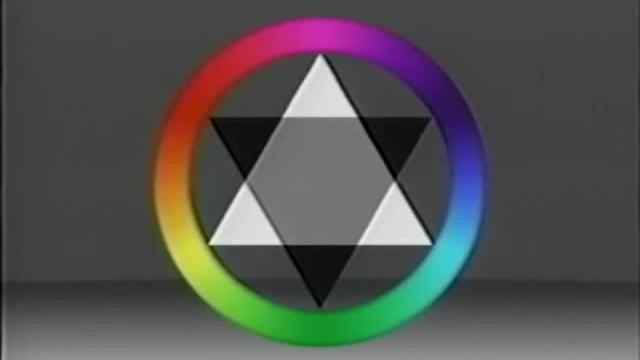
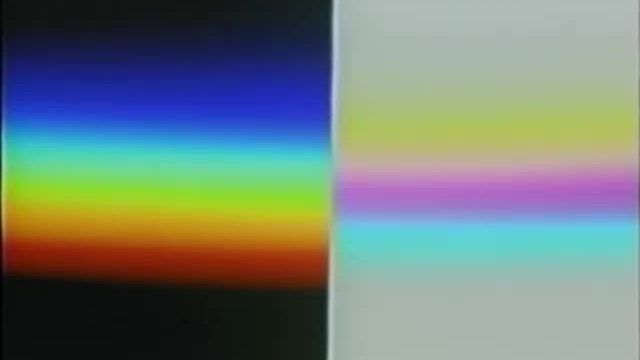

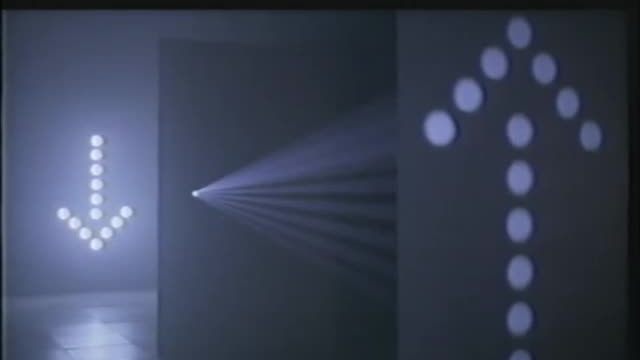
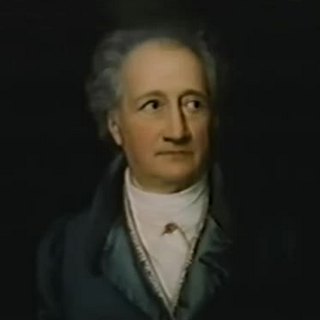
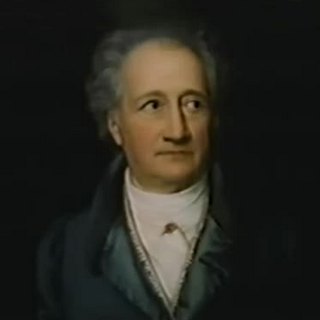
I am interested in your post on Goethe and his writings on Lightness/Darkness. I was researching Goethe in relation to this topic and came across your post. The irony of finding this is that it was posted under Dharma Records. The reason I find that ironic, or perhaps the word is serendipitous, is that I am currently researching (as a visual artist) how German and Southeast Asian Cultures view Darkness/Lightness in relation to my views which are informed through my practice of Theravada Buddhism. Could you share some of your thoughts and reasons behind this post and the relationship to the Dharma? Also it seems he was also interested in Kalidasa’s, Abhijñānaśākuntalam, which was one of the first works of Sanskrit literature that became known in Europe, after being translated from English to German. Do you have knowledge if Goethe did any reflective writing about this?
Hi Danila, when preparing the post I also wondered about the relationship it may have to Buddhism, which is, of course, my main topic of interest. I can’t say I found much in that regard, but I thought that Goethe’s views on light/darkness and its effect on colour were so original, and he made me look at these things in a different way.
Of course the senses and perception are of great interest to Buddhists, and they are very reified in Western culture, as though the way we think about them in the only way they could be thought about. A case in point is that in Buddhism we regard the mind and thoughts as part of the sense fields, whereas in Western thought the mind is seen as the locus for the five senses.
I don’t think Goethe wrote extensively on Śākuntala, possibly not. A quick search did bring up these references, which you possible already know: http://en.wikipedia.org/wiki/K%C4%81lid%C4%81sa#K.C4.81lid.C4.81sa_in_later_culture
You may be interested in this fascinating colour theory video. This guy should be featured in a documentary! http://youtu.be/6vq7Cidnwgw
Thanks, Morgaine, that really is interesting and I recommend the video for anyone interested in colour and perception.
Thank you for your response Anandajoti. As the day progressed I realized that my question to you is really the question which I wish to explore in my work, and that you could not answer that for me. I know from Buddhism and art making that the answer (the knowing) is not what is of importance, but the experience (awareness) of abiding in the unknown is.
What you said about Buddhism regarding the mind as a part of the senses is something I think I still struggle to understand as a Westerner. I get stuck on the notion that the mind just constructs symbols to understand the world around us (form) or, it creates words to understand our senses- but that the mind is a sense? Thought is just thought and nothing else? I will look to the five aggregates again.
Thank you for helping me take my questions further and I will keep myself aware of this as I observe it in my everyday surroundings. I hope your investigation continues on the beautiful path it seems to be unfolding for you. I am glad to have discovered all your blogs and websites and will keep myself posted.
Hi Danila, I think as long as we take the senses as meaning something capable of receiving stimulus from the outside we cannot understand the Buddhist position on this, when we take it as meaning something capable of receiving stimulus (full stop), then evidently the mind does receive stimulus from thought, and the problem goes away.
Anyway that is as succinct as I can put it right now.
I had time to watch this lovely film (thank you for posting) and these were the things that I found that related to the Dharma for me:
“Observe the phenomena of color without pleasure or displeasure, without expectations or prejudice, if we see them as they really are, they open up and tell us other stories.” This pretty much sums up the Dharma which recognizes that when we can discern between the feeling tones of pleasant, unpleasant and neutral, we can eliminate the judgment, and see things as they really are.
In Goethe’s “primordial phenomena”- we recognize “light/dark polarity” in ourselves and see we are part of the experiment, we cannot separate the scene from the one who is seeing. I understand that as the non-duality of subject and object and the interconnection of all things. Or as pollack said, “I am nature.”
Also, when Goethe said, “We cannot talk about light without talking about darkness too.” From the Buddhist perspective one could also say, “we cannot talk about happiness with suffering too.”
Finally I just loved when the film talked about the color green belonging to the earth, which is placed at the base of Goethes color wheel as the “earths cradle.”
Dear Roy, thanks for the info. The link is updated now.
This film surpasses every expectation. Beautifully and intelligently presented.